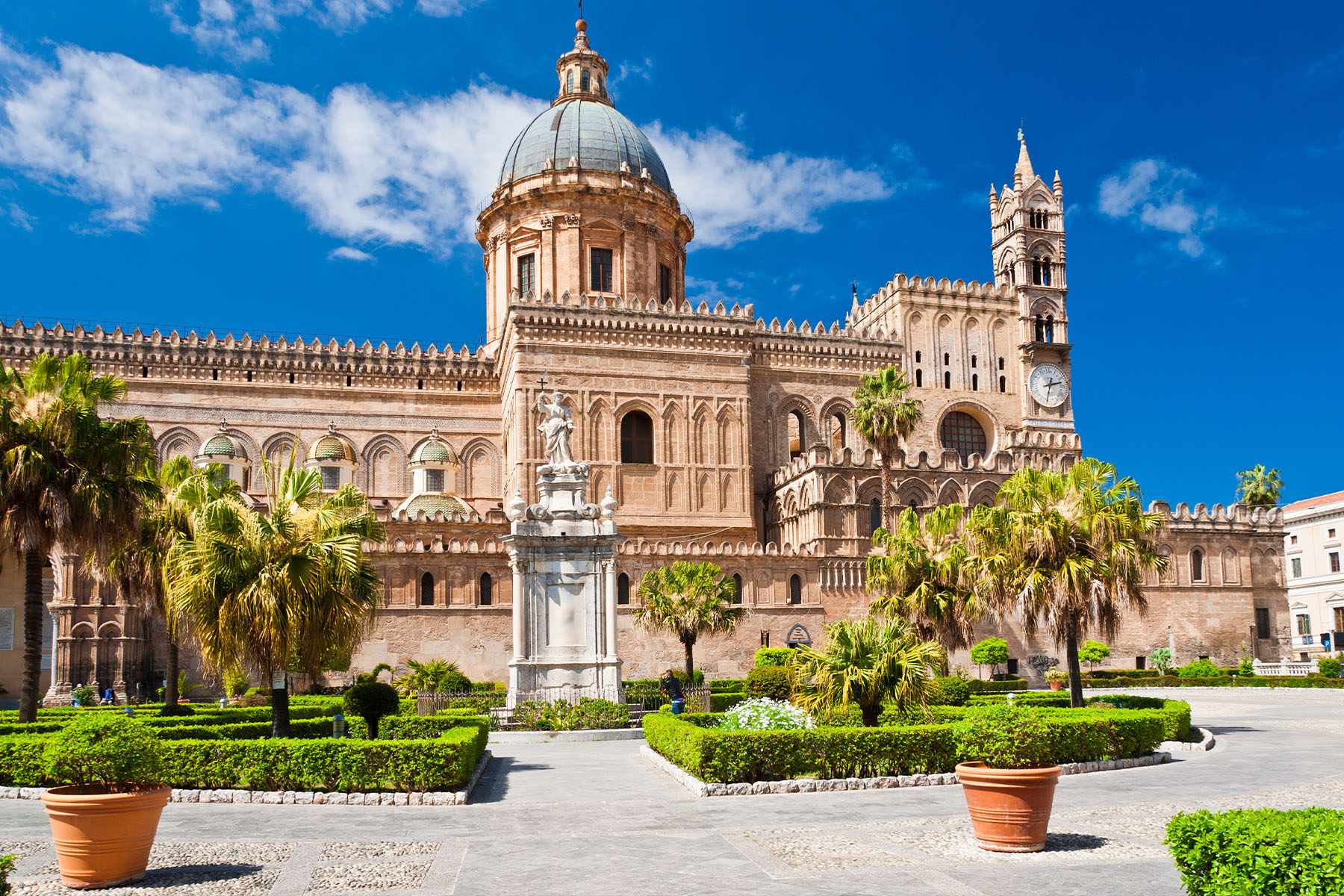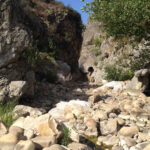
Journey through the artistic heritage of Palermo
Located on the northwest coast of the island, Palermo has a rich and complex history that has left an indelible imprint on its culture, architecture and culinary tradition. The city, with a history dating back thousands of years, reflects the influences of different cultures, including Phoenician, Roman, Byzantine, Arab, Norman and Spanish. This mixture of influences is manifested in the rich cultural heritage of the city, highlighted by monuments, churches, palaces and markets that tell its story. Getting lost in the streets of Palermo is equivalent to a journey through history, an experience not to be missed if you are near Palermo, as in Cefalù.
A possible itinerary could start at Piazza Indipendenza, one of Palermo’s central squares from which the roads to many of the most important points of interest in Palermo’s history branch off. From here you can admire Porta Nuova, Cappella Palatina and Palazzo Reale. The square has a vast central garden, where the obelisk in honour of the Martyrs of Italian Independence stands. From the square, there is easy access to Palazzo Reale (or Palazzo dei Normanni), a jewel of the Arab-Norman route built in the 10th century. The thousand-year history of the Royal Palace tells of Arab skill and architecture combined with the power of the Norman kings, who chose it as their residence. Today, the Palace houses the Assembly of the Region of Sicily, home to Europe’s oldest parliament, the Sicilian Parliament.
Inside the Palace is the Palatine Chapel, built in 1130 by King Ruggero II, who wished to have a private chapel in the Palace. This represents a meeting point between three different cultures and religions, involving Islamic, Latin and Byzantine craftsmen in both architecture and decoration. The Chapel’s mosaics are the main attraction, consisting of two sheets of glass separated by a thin layer of gold that shines in the light, representing the Word of God.
To reach Palermo Cathedral, the origins of which date back to 1170, during the reign of William II, one only has to wander through the ancient surrounding streets. During the Saracen occupation, the Cathedral was turned into a mosque, only to return to Christian worship with the arrival of the Normans in 1072. This alternation of cults enriched the Cathedral with works of art and decorations from different eras and cultures, making it today a cultural jewel of inestimable value. Palermo is not only Arab-Norman; it is also called ‘the Baroque’, thanks to numerous examples of Baroque architecture, such as the Church of the Santissimo Salvatore. Founded in Norman times, the church underwent its first transformation in 1528, when the original Norman structure was modified into a basilica form. In 1682, Paolo Amato completely revolutionised the structure of the church, making it an excellent example of Baroque architecture, with mixed marble and tracery adorning the walls.
For theatre lovers, a visit to Palermo’s historic theatres is a must: Teatro Massimo and Teatro Politeama. The Teatro Massimo, the third largest opera house in Europe, dominates Piazza Giuseppe Verdi with its elegant architecture. The Politeama Theatre, an imposing building in Pompeian and neoclassical style, stands on Piazza Ruggero Settimo, inaugurated in 1874 with the opera ‘i Capuleti e i Montecchi’.
However, we cannot overlook the fact that Palermo is also the queen of street food, making a break dedicated to Sicilian tradition at the Antico Mercato del Capo a must. This market, founded in the Muslim era and inhabited by the Schiavoni, pirates and slave traders, is a beating heart of Palermo folklore, with scents of Sicilian delicacies and the characteristic ‘abbanniare’ (shouting) of the vendors.



